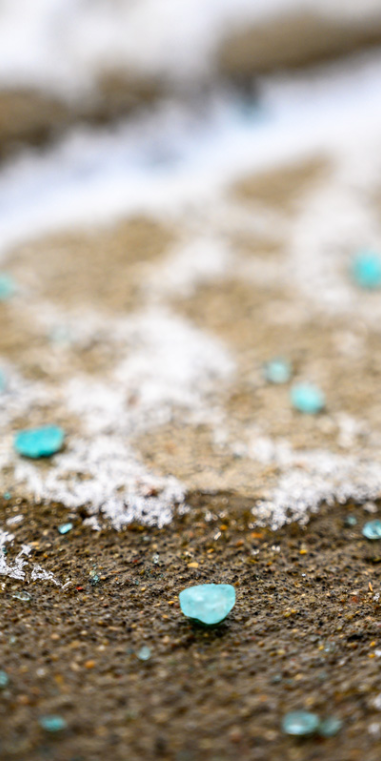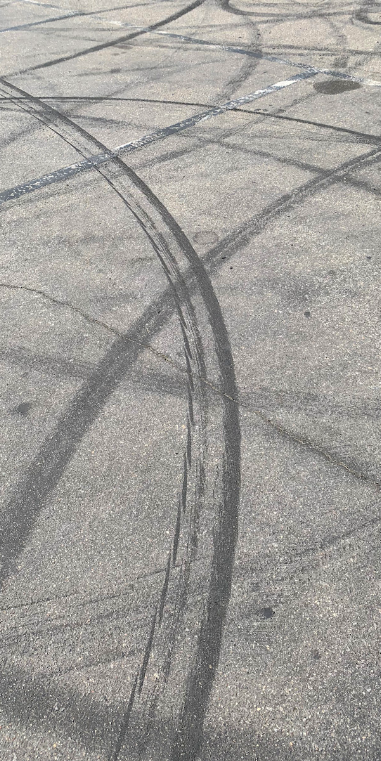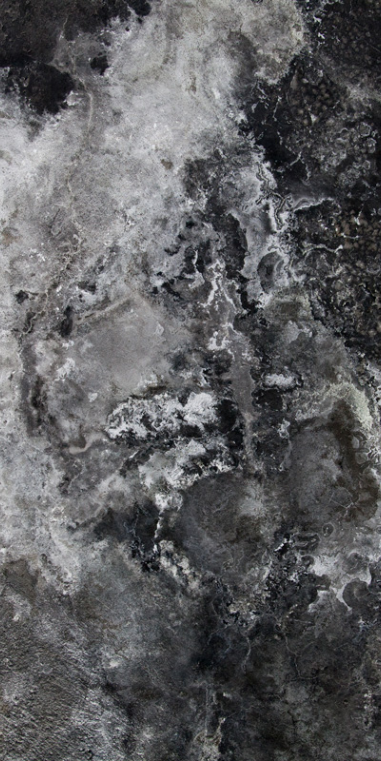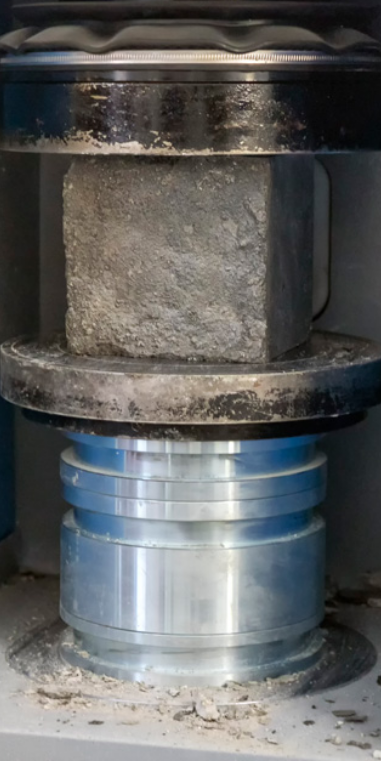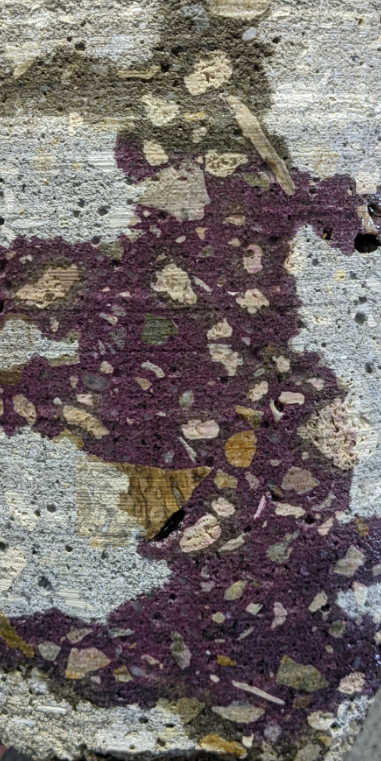How it Works
oXoCrete... only system of its kind in the world.
Maintenance Lifecycles Increase:
Maintenance lifecycles increase, saving you downtime and money. Implementing the oXoCrete System will have minimal impact to operations and asset usage throughout application.
Cost Savings:
Less downtime and lower maintenance, repair, and replacement costs can result in countless dollars of cost-savings and maximized operational revenue.

oXoCrete System
oXoCrete works to increase compressive strength, restore pH to high alkalinity levles — like new.
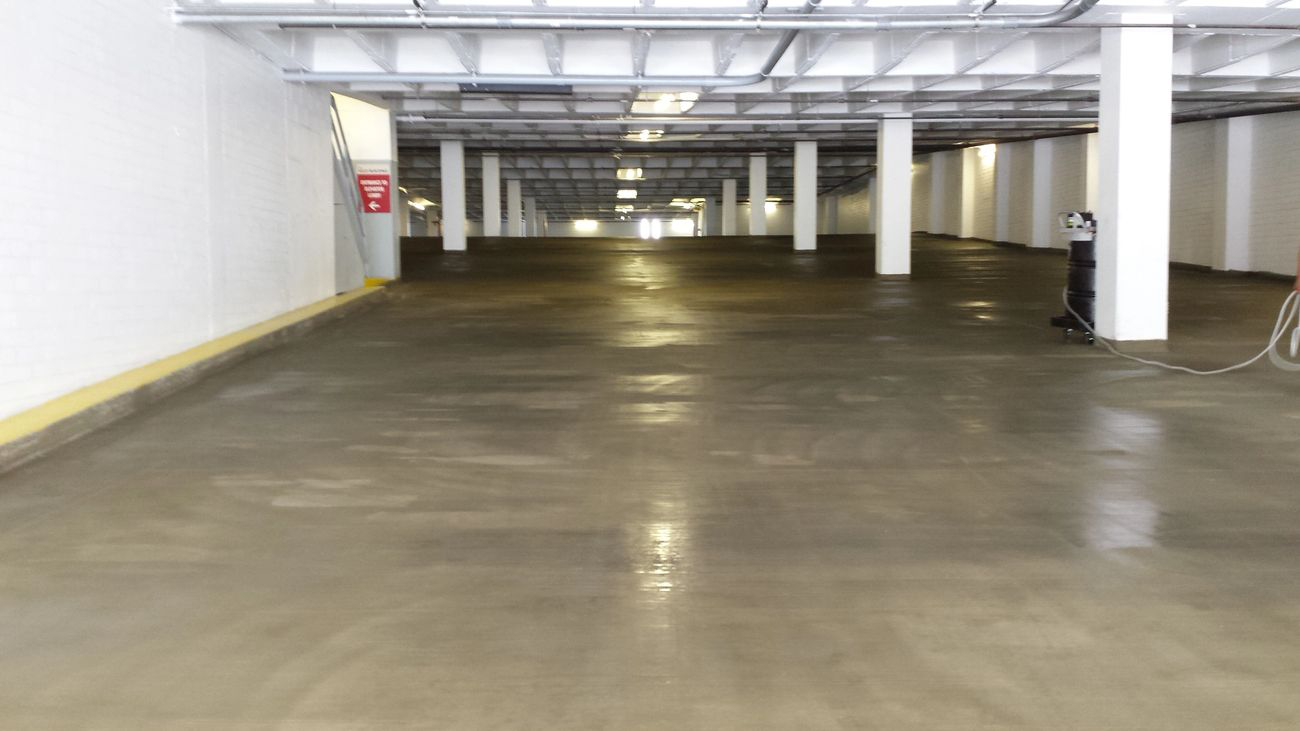
oXocrete System
oXoCrete works to increase compressive strength, restore pH to high alkalinity levles — like new.



